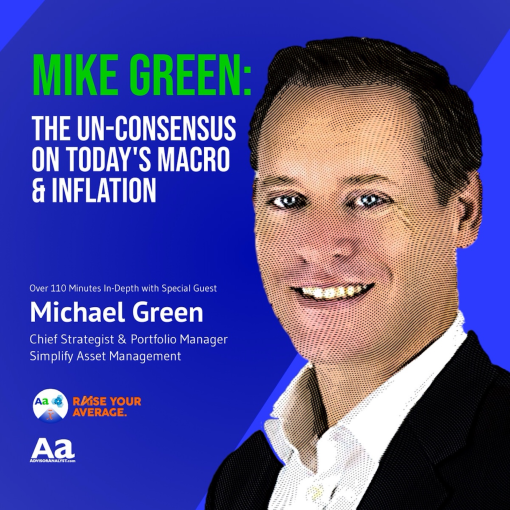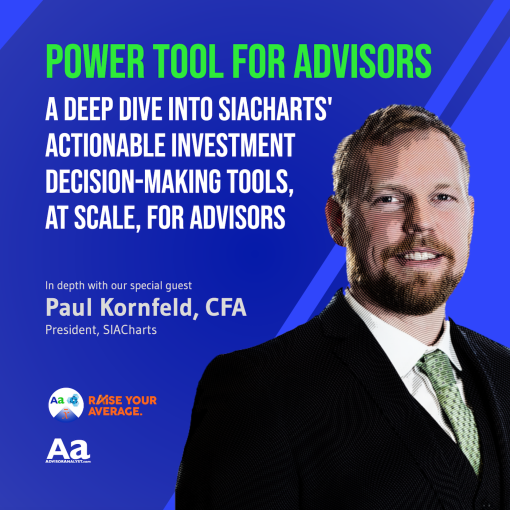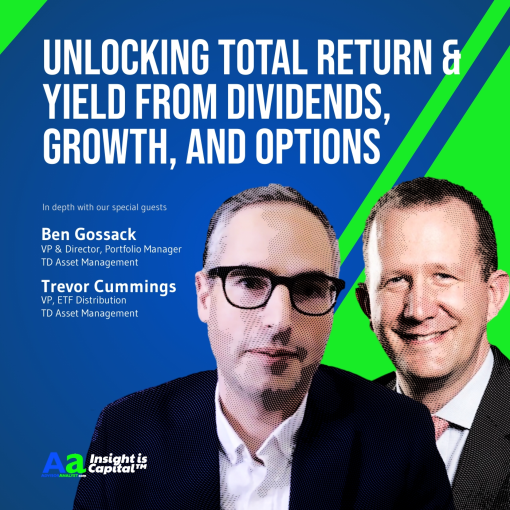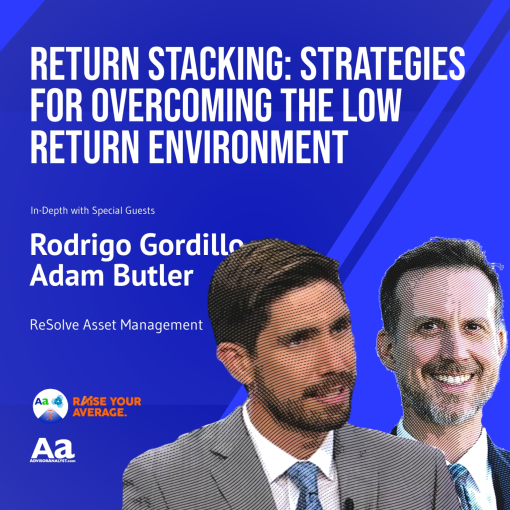Paul Kornfeld, CFA, President of SIACharts joins Pierre, Mike and Rodrigo for a deep dive into the capabilities of his firms powerful proprietary Investment Advisor platform, SIACharts encompasses a suite of tools advisors can use to efficiently make comparative decisions across all individual North American Stocks, ETFs and Canadian Mutual Funds.
We get into the nuts and bolts of what makes the SIACharts platform tick. For starters, SIACharts carries out 10-billion calculations each trading day to provide cross securities analysis across roughly 10,000 securities. The tool enables advisors to make rapid calls between securities based on SIACharts proprietary Relative Strength Analysis (not to be confused with Technical Analysis’ Relative Strength Indicator)
Advisors can easily make pair-trading distinctions between stocks, Canadian and US ETFs and all Canadian Mutual Funds on a adhoc basis, compare entire stock, ETF and mutual categories and sector and factor strategies, or across each ETF or Fund provider, as well as receive up-to-the-day scores and relative strength calls such as the SIACharts Equity Action Call, which provides day-to-day guidance on whether there is cause to increase or decrease equity exposure based on relative strength analysis. Advisors can also plot charts in either of Line, Candlestick, or Point and Figure formats.
Point and Figure charting figures large on the SIACharts platform because of its ability to provide trend analysis in an asymmetric format that ignores time as a factor, and focuses on price movement and trend. Point and Figure charting is a proven charting tool effective at identifying trends across securities either on a one-off individual security chart, or when comparing competing pair trades (e.g. stock vs. stock, stock vs. index, stock vs. Sector, ETF vs. Sector, or Fund, etc.) to identify the relative outperformance of one security versus others, and/or other measures.
Throughout the conversation, Paul demonstrates how advisors can use this unique and powerful investment management tool to make significant improvements to their investment selection and management process, as well as streamline their trading and communications processes with their clients.
One of the most underrated factors in considering the use of SIACharts is how it not only provides valuable insight in the determination of timing and relative strength across securities and markets, tracks model and individual client portfolios, but how it is transforming the practices of advisors who have adopted the platform. It is a massive timesaver in the context of securities selection and analysis.
As a meeting preparation tool for instance when getting ready to meet, or intra- or post-meeting with prospective clients, for example, advisors have been able to add enormous value to their initial interactions by being able to provide portfolio x-rays against pre-existing portfolios to point out the strengths and weaknesses in portfolios on very short notice. Clients trend toward highly impressed by the advisor’s ability to make quick systematized calls on portfolios on short-notice and on an ongoing basis, in and around the portfolio review process, and also thus, freeing up substantial time for advisors to be able to spend more time on high value relationship building.
Paul points out that among his favourite tools in the SIACharts war chest is the ability to set up alerts on individual securities and model portfolios to notify of changes in relative strength across all dimensions. When you can empower your practice to be in a position to deliver on investment commitments such as market entry and exit calls, on an immediate basis, from wherever you may be at any given moment, for example, it greatly enhances the value and competitive dynamic of your advisory practice.
Finally, from a behavioural finance perspective, Paul demonstrates via SIACharts’ case studies how SIACharts tools provided asset preservation guidance during tumultuous periods, such as last years’ panic selloff signals, or by how advisors on the platform were signalled appropriately to both enter Valeant during its massive upward growth spike and, conversely to exit same during its fall from grace. Think Nortel Networks and Bre-X débâcles.
Thank you for tuning in, and if you found the conversation to be valuable in any way, please hit that subscribe button in Youtube, Apple Podcasts, or Google Podcasts, the Notifications button, as well as ‘liking’ and commenting as you see fit.
Get a All-Access Free Three Week Trial to SIACharts Here (Advisors only):
Where to find Paul Kornfeld and SIACharts:
Paul Kornfeld on Linkedin
SIACharts
Where to find the Raise Your Average crew:
ReSolve Asset Management – https://investresolve.com/
ReSolve Asset Management Blog – https://investresolve.com/blog/
Mike Philbrick – https://www.linkedin.com/in/michaelphilbrick/
Rodrigo Gordillo – https://www.linkedin.com/in/rodrigogordillo/
Adam Butler – https://www.linkedin.com/in/adamdbutler/
Pierre Daillie – https://www.linkedin.com/in/pierre-daillie-advisoranalyst/
Joseph Lamanna – https://www.linkedin.com/in/josephlamanna/
AdvisorAnalyst.com – https://advisoranalyst.com
*****
“You don’t have to be brilliant, just wiser than the other guys, on average, for a long time.” Charlie Munger
Welcome to Raise Your Average, our deep dive journey into learning from the people and process behind the world of investing. Through conversations with leaders in the investments game, we peel back the layers of the onion on how these holders of the keys to the kingdom allocate their time, their energy, and their dollars.
We are all students and we are all teachers. We are the average of the 5 people we spend the most time with. Come hang out with us for a while and raise your average, as we raise ours.
Music credit: In Hip Hop, Paul Velchev (8MJZA6T3LK)








